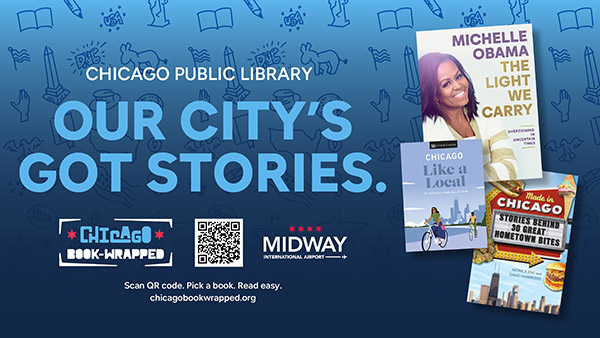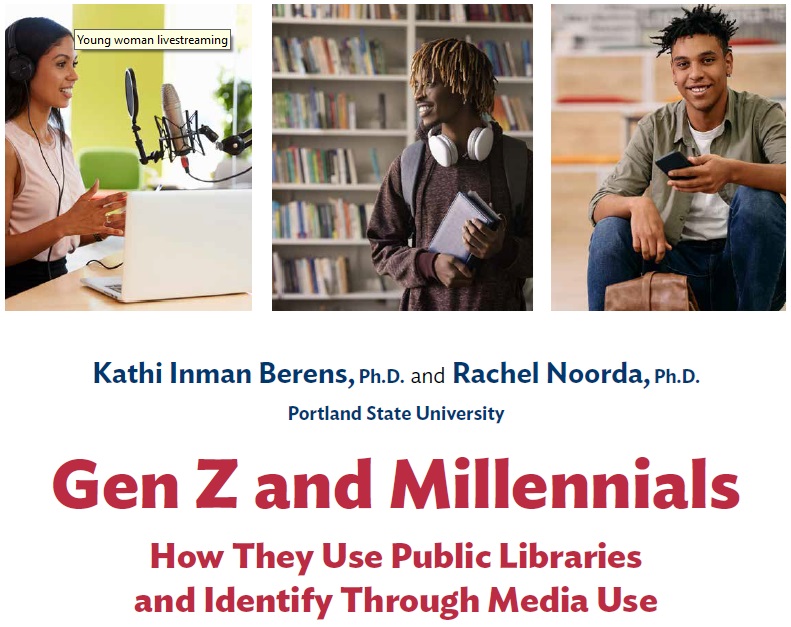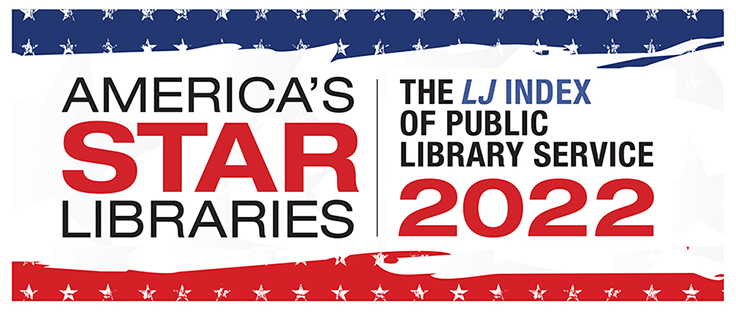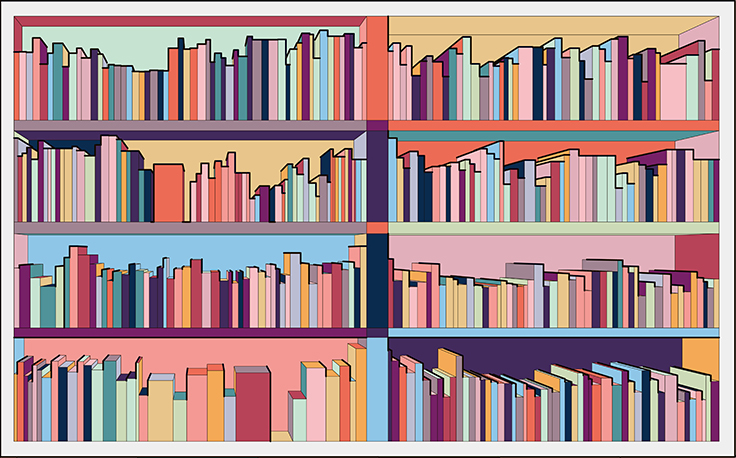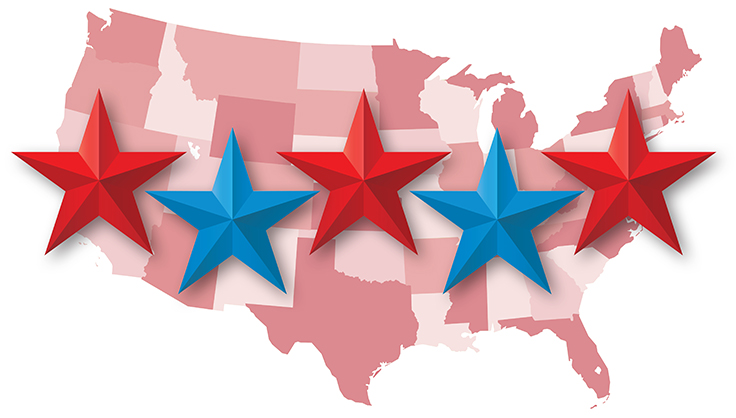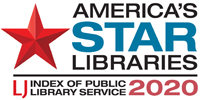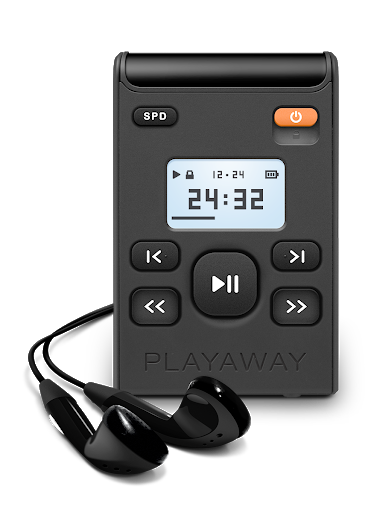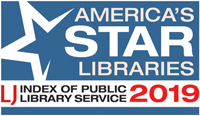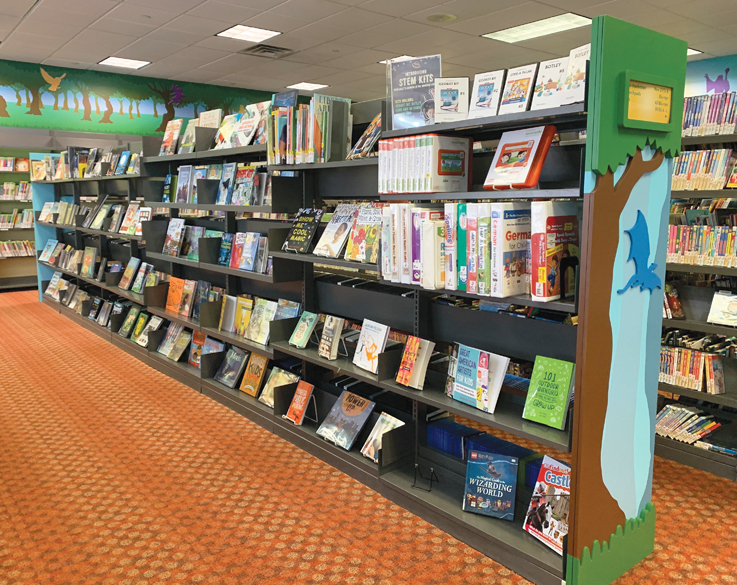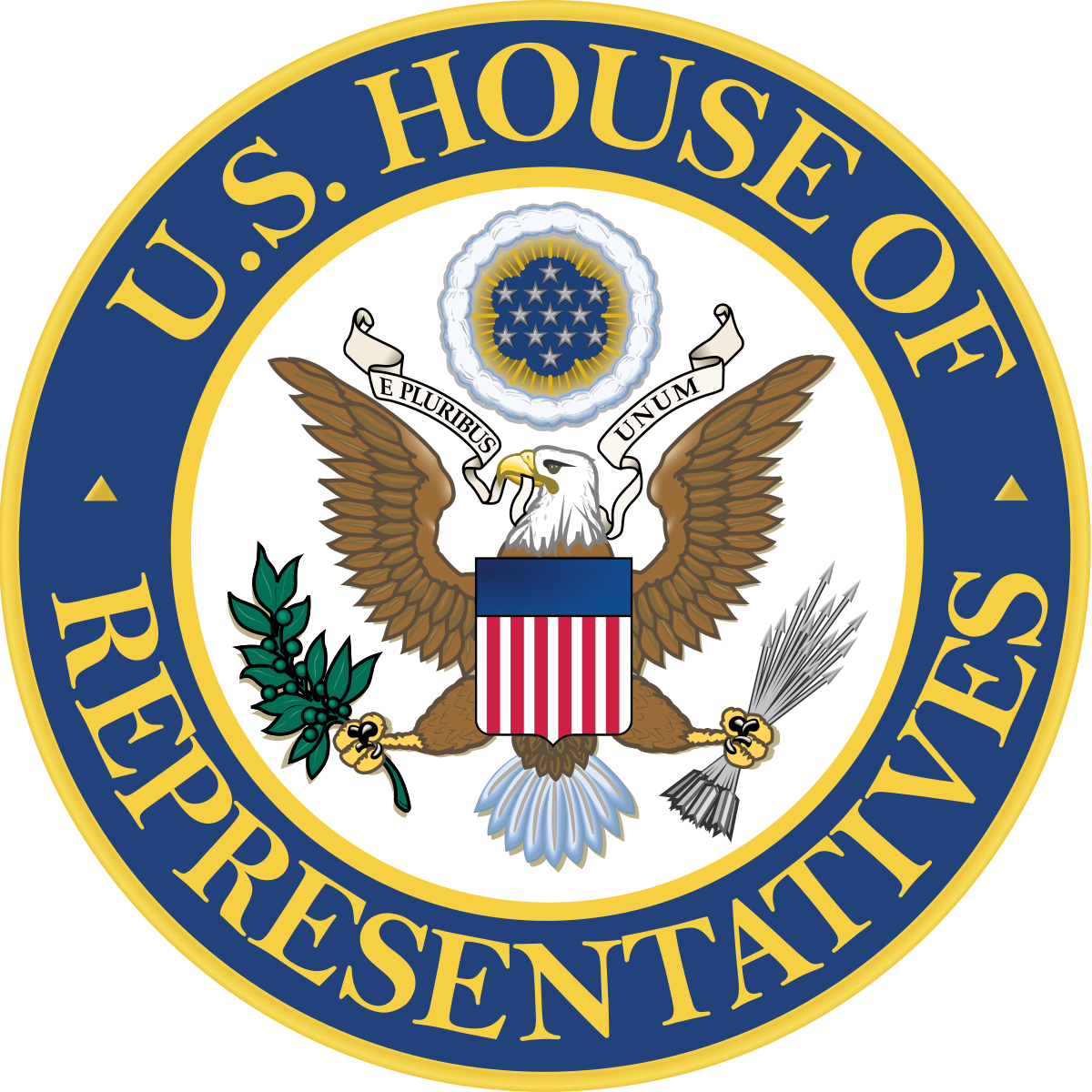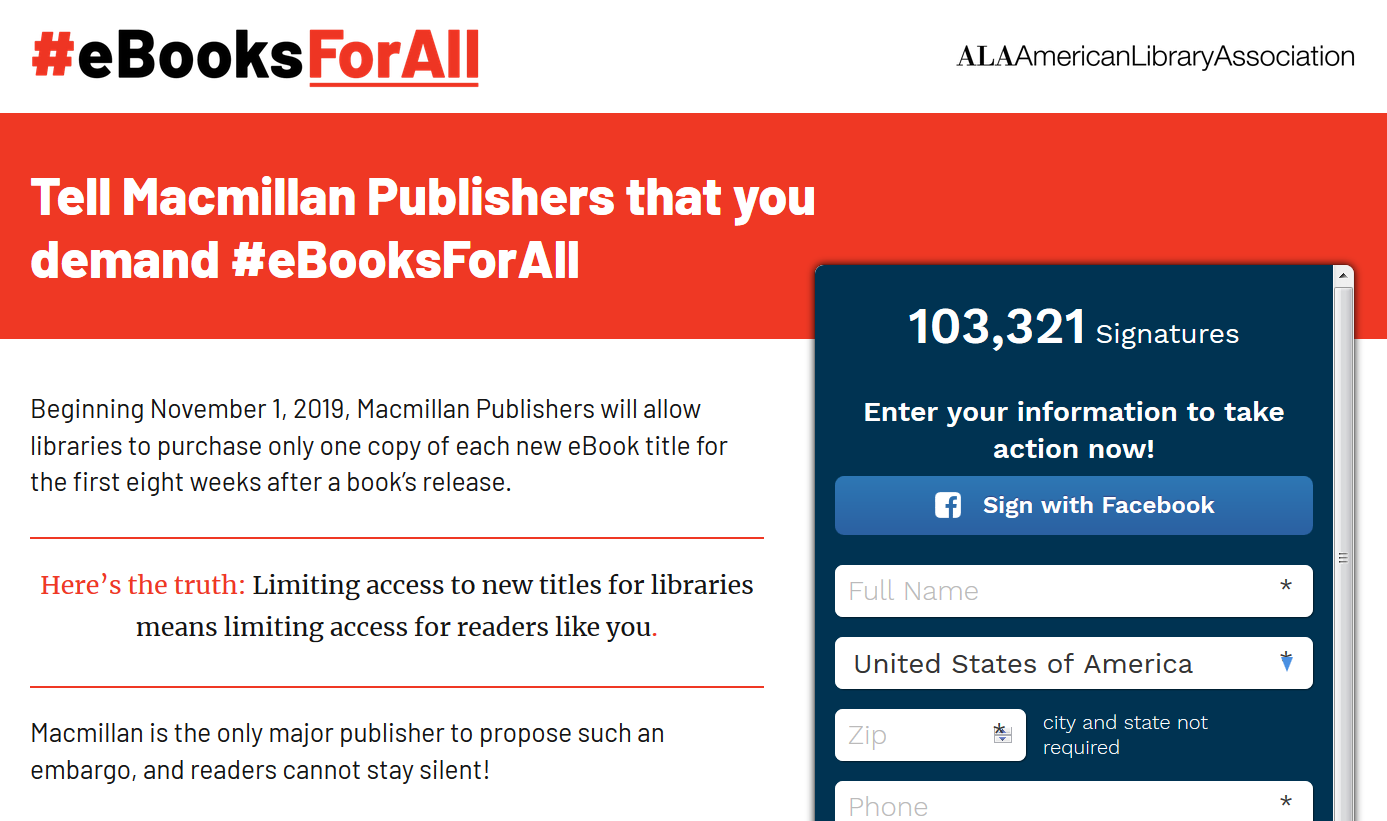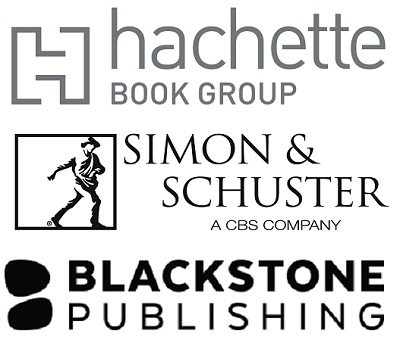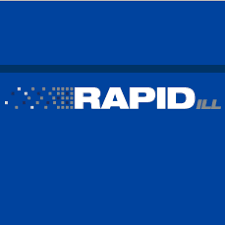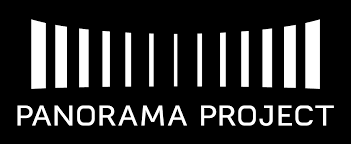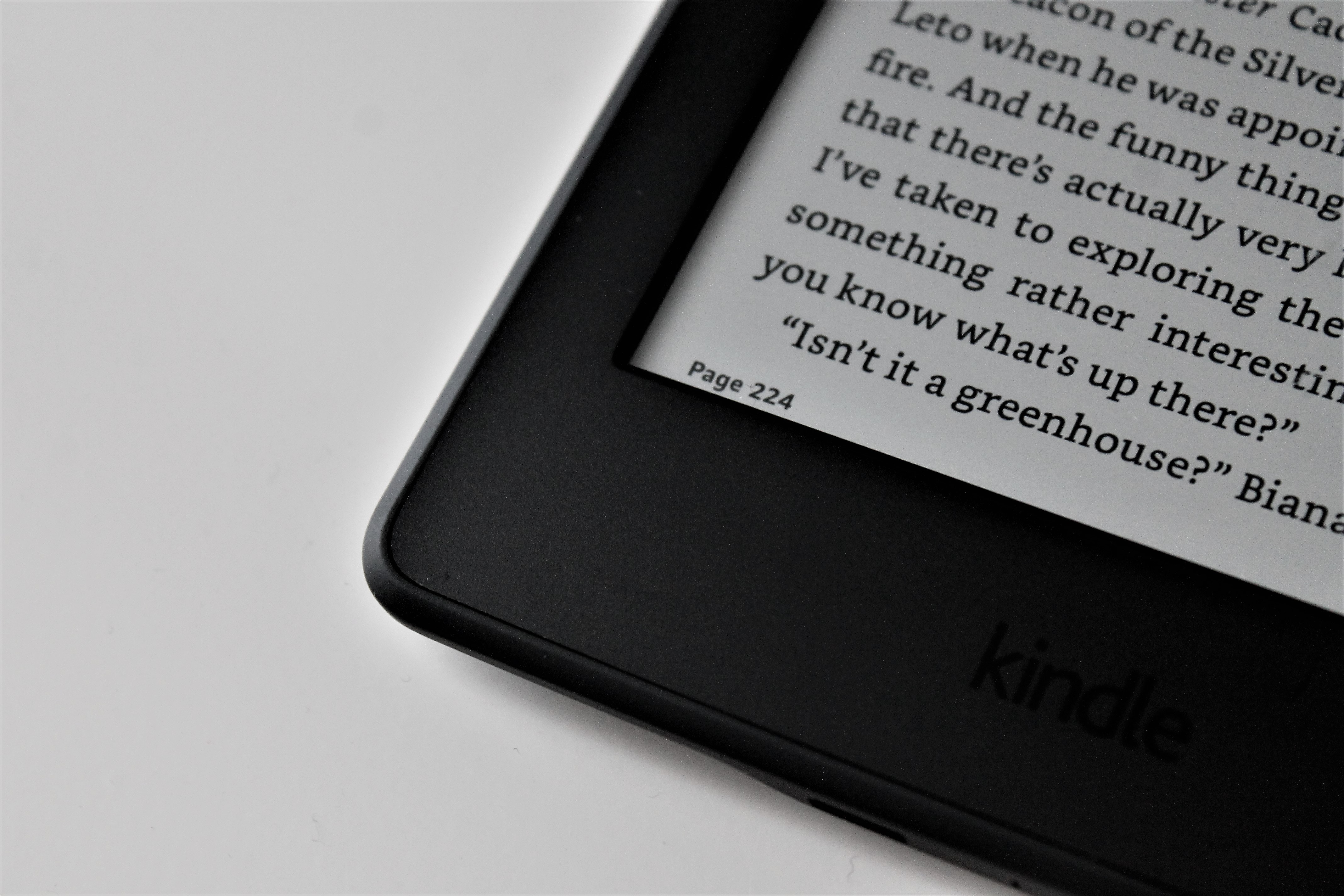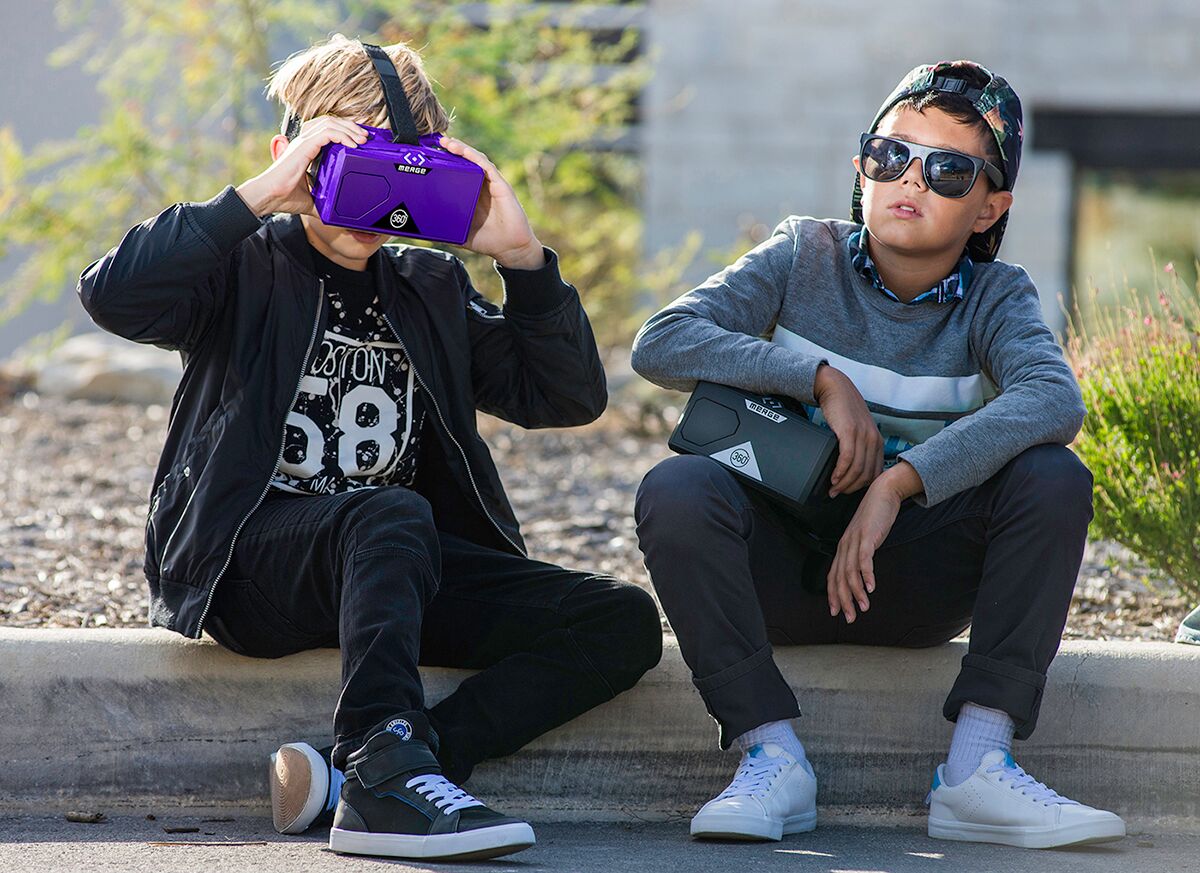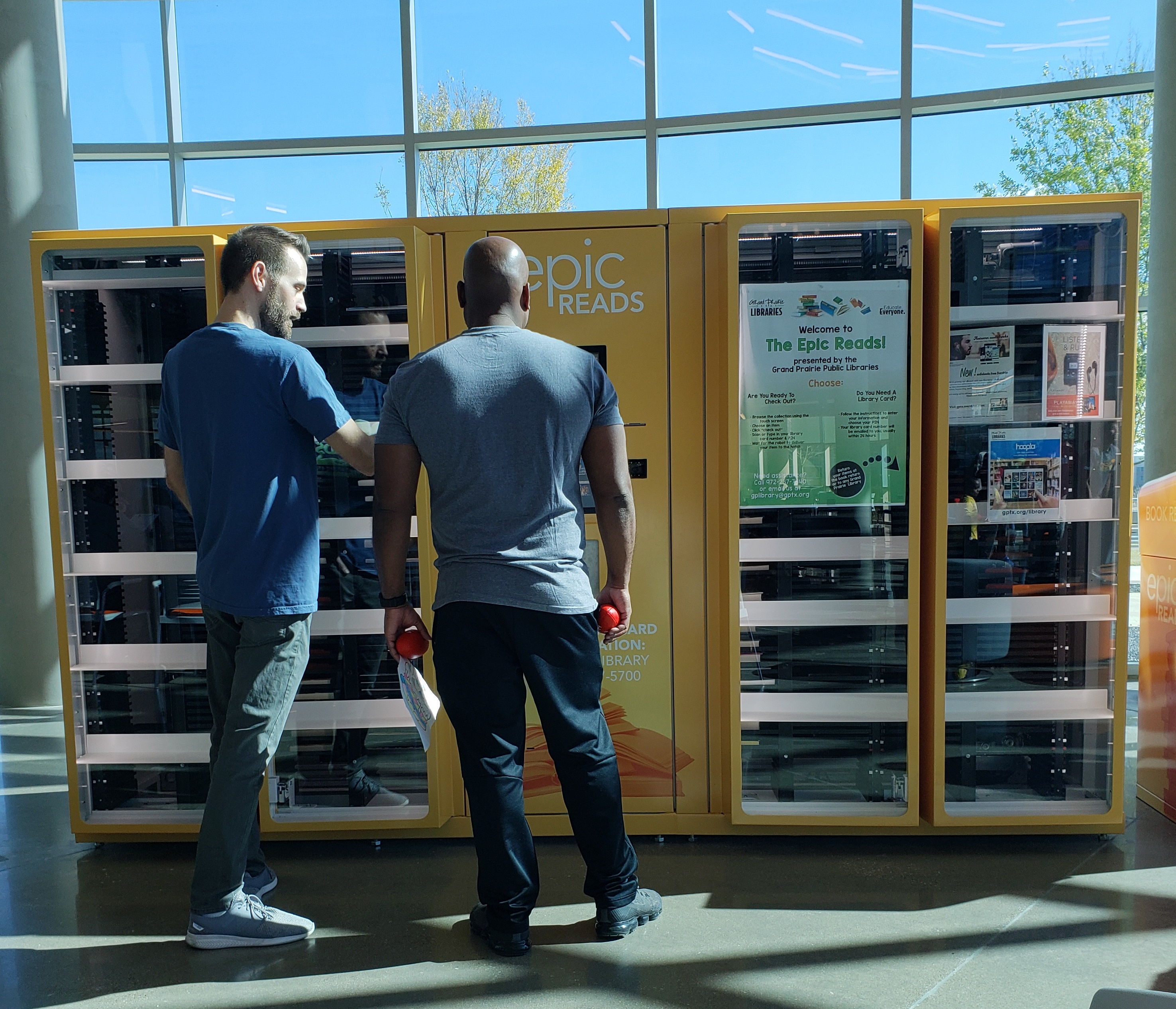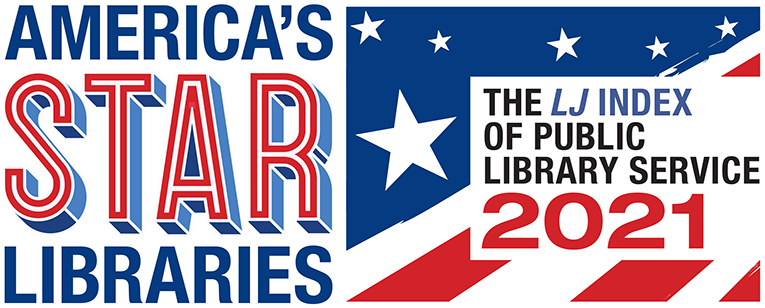Related
Chicago Mayor Brandon Johnson and the Chicago Public Library (CPL) on August 15 announced the launch of “Chicago Book-Wrapped,” a new popup initiative offering instant access to a curated collection of ebooks and e-audiobooks with no hold times or library card requirements during special events in Chicago. The initial collection was curated to celebrate the Democratic National Convention.
The U.S. Federal Communications Commission (FCC) on July 18 voted to allow libraries and schools to use funding from the federal E-rate program to purchase Wi-Fi hotspots for lending. A component of FCC Chair Jessica Rosenworcel’s Learn Without Limits proposal—which was announced at the American Library Association’s (ALA) 2023 Annual Conference in Chicago—integration of hotspots into the program was aimed at responding to increasing connectivity needs and modernizing the E-rate program.
People 40 and younger are using public libraries, often at higher rates compared with older generations even when they don’t define themselves as readers, according to Gen Z and Millennials: How They Use Public Libraries and Identify Through Media Use, a survey and report by Kathi Inman Berens and Rachel Noorda, both from Portland State University.
The Georgia Public Library Service (GPLS) has distributed more than 7,000 Chromebooks and 2,800 Launchpad tablets to libraries throughout the state with the help of $2.3 million provided by the Governor’s Emergency Education Relief (GEER) fund via the federal Coronavirus Aid, Relief, and Economic Security Act.
This is the 15th year in which Library Journal has scored U.S. public libraries on the LJ Index of Public Library Service and awarded Star Library ratings. The 2022 scores and ratings are based on FY20 data from the Institute of Museum and Library Services Public Library Survey.
The 258 Star Libraries for 2022 are located in 36 states and—for the first time since 2018—the District of Columbia.
The findings of LJ’s Public Library Materials Survey show that librarians are focused on the formats readers want and the process of crafting responsive and representative collections.
Ninety-one percent of academic librarians believe that analytics improve their understanding of how students, faculty, and researchers engage with their library, and 85 percent believe analytics can help show the library’s value to administrators and help libraries justify budget decisions, according to a recent national survey of 196 academic librarians conducted by LJ in conjunction with EBSCO.
This is the 14th year in which LJ has scored U.S. public libraries on the LJ Index of Public Library Service and awarded Star Library ratings. The 2021 scores and ratings are based on FY19 data from the Institute of Museum and Library Services Public Library Survey.
We interviewed five directors of new or returning 2021 Star Libraries to learn how their libraries were positioned to cope with the pandemic, how they changed their operations to cope with the pandemic, and how their libraries rose to the challenges of the pandemic.
UPDATE: On December 9, the Association of American Publishers (AAP), filed suit against the Maryland Attorney General seeking to overturn House Bill 518/(SB432). The law requires publishers to offer "electronic literary product" licenses to Maryland libraries “on reasonable terms,” and prohibits publishers from instituting embargo periods during which ebook and electronic audiobook licenses are available for sale to the public but not to libraries.
COVID shifts drove falling print circ and rising ebooks. But will it last? LJ's 2021 Materials Survey looks at some of the last year's trends.
This is the 13th year of the LJ Index of Public Library Service and Star Library ratings. The 2020 scores and ratings are based on FY18 data from the Institute of Museum and Library Services (IMLS) Public Library Survey (PLS). Because of that delay, they don’t reflect the impact of the coronavirus; that won’t be reflected in the data until 2022. The big news in this year’s edition is that successful retrievals of electronic information (e-retrievals)—measuring usage of online content, such as databases, other than by title checkout—joins the six other measures that determine the LJ Index.
The newest output measure in the PLS is library website visits. Even before the COVID-19 pandemic closed many library buildings to the public, websites were a major access point for many library users.
With all this year's variations in mind, it’s no surprise that this year’s Star Libraries roster contains many changes
Every public library is a star to the community it serves. LJ’s Star Library Ratings and the LJ Index of Public Library Service spotlight the best of the best across America. The 2020 edition is the 13th. This year, 5,608 U.S. public libraries are scored on the LJ Index, and there are 262 Star Libraries.
Michigan State University will migrate to the open source FOLIO Library Services Platform, and will fully implement FOLIO in 2021, it announced today. EBSCO Information Services will provide hosting, implementation, training, and development support, and will leverage integrations with EBSCO Discovery Service and OpenAthens access management.
In response to coronavirus shutdown orders that have left public library branches closed across the country, Playaway—developer of products including Playaway pre-loaded audiobook devices, Wonderbook read-alongs, and Launchpad pre-loaded tablets—recently began offering its customers the option to ship products directly from the company to patrons’ homes.
As states and cities suspend coronavirus-related shutdown orders, two library apps—ConverSight LIBRO and CapiraMobile—are introducing curbside pickup features that will enable library staff to fulfill requests for books and other physical materials while maintaining social distancing recommendations and minimizing personal contact with patrons.
Macmillan yesterday announced that it would discontinue its embargo period, which had prohibited libraries from purchasing ebook licenses for newly published titles for eight weeks.
The 12th edition of the LJ Index of Public Library Service rates U.S. public libraries based on selected per capita output measures. The 2019 Index derives from data recently released by the Institute of Museum and Library Services (IMLS) for FY17. This year, 6,333 U.S. public libraries qualified to be rated in the Index. In this edition, there are 261 Star Libraries, each receiving three-Star, four-Star, or five-Star designations.
The 2019 Star libraries are scattered among 40 states across the country. Here are the states with the most and fewest 2019 Stars.
In FY16, the IMLS Index of Public Library Service PLS added a new data element for successful retrieval of electronic information, as distinct from circulation of ebooks. By next year, all states will have been collecting data on the measure for at least two years, so electronic information retrievals may become the seventh per-capita statistic in the LJ Index formula next year. This will be a useful measure of how people are using library resources and what kind of content they need or want.
Every public library is a star to the community it serves. LJ’s Star Library Ratings and the LJ Index of Public Library Service spotlight the best of the best across America. The 2019 edition is the 12th. This year, 6,333 U.S. public libraries are scored on the LJ Index, and there are 261 Star Libraries.
Merchandising can be implemented strategically at libraries, just as it is in retail, and can increase circulation, stimulate robust discussions, and generate foot traffic. To drive circ, how you showcase your materials can be as important as what you buy.
Over the years, public libraries have expanded their electronic collections. The evolution of library interfaces has allowed many physical services to extend into a digital space, empowering patrons to check out ebooks, read magazines and journals, stream movies, listen to audiobooks, and more. The demand for digital collections only continues to grow.
Dated October 15, ALA’s report to Congress summarizes challenges facing the library field with regard to ebooks, streaming content, the pricing of digital academic journal subscriptions, anti-competitive behavior in digital textbook publishing, and the publishing industry’s capture and use of student data.
The American Library Association and Public Library Association last month launched a public outreach campaign to mobilize opposition to Macmillan’s new eight-week embargo period for library ebook purchases. The campaign has gained traction online, with an eBooksForAll.org petition demanding the cancellation of the embargo garnering more than 103,000 signatures at press time.
The publishing and book retailing ecosystem is changing rapidly, but public libraries continue to offer substantial opportunities to promote authors and books, and it is vital that publishers recognize libraries as important partners, a panel of library leaders said to an audience of publishing executives during Baker & Taylor’s Publisher Summit 2019, held September 24 in White Plains, NY.
Within the past month, Hachette Book Group replaced its perpetual licensing model for libraries with a two-year ebook and digital audiobook lending model. Simon & Schuster eliminated perpetual licensing on digital audiobooks and replaced it with two-year licensing, announced per-circ pricing for select ebook titles, and made additional changes to its library ebook model. And audiobook provider Blackstone Publishing announced a new 90-day embargo on sales to libraries.
Ex Libris today announced the acquisition of RapidILL, the resource sharing system developed by Colorado State University Libraries that now provides more than 330 academic libraries in the United States, Canada, Asia, Australia, and New Zealand with interlibrary lending services for articles, returnables, and open access materials.
The Panorama Project—a multi-partner library and publishing industry initiative to research the impact that libraries have on book and author discovery, brand development, and retail sales—this week announced the launch of “Panorama Picks,” a free program offering librarians, publishers, and booksellers a topline assessment of regional library demand for recently published ebook titles.
Since e-books first emerged as a way for readers to consume content digitally, publishers and authors have required content aggregators to apply Digital Rights Management (DRM) technology to the e-books they sell to libraries to prevent the unauthorized use, copying, and redistribution of these materials. While this practice has given publishers and authors peace of mind that sales won’t be lost to piracy or other unauthorized sharing, it has placed undue restrictions on readers who rely on institutional access to e-books.
Broward County Library, FL, has begun loaning out augmented reality / virtual reality headsets at nine of its 38 branches in a new pilot test with MERGE Labs, a tech startup focused primarily on the K–12 education market.
Grand Prairie Library System recently launched Epic Reads, a new library vending unit in the city's massive new recreation center, The Epic.
This is the 15th year in which Library Journal has scored U.S. public libraries on the LJ Index of Public Library Service and awarded Star Library ratings. The 2022 scores and ratings are based on FY20 data from the Institute of Museum and Library Services (IMLS) Public Library Survey (PLS).
Every public library is a star to the community it serves. LJ’s Star Library Ratings and the LJ Index of Public Library Service spotlight the best of the best across America. This is the 14th year in which LJ has scored U.S. public libraries on the LJ Index of Public Library Service and awarded Star Library ratings.
ALREADY A SUBSCRIBER? LOG IN
We are currently offering this content for free. Sign up now to activate your personal profile, where you can save articles for future viewing
